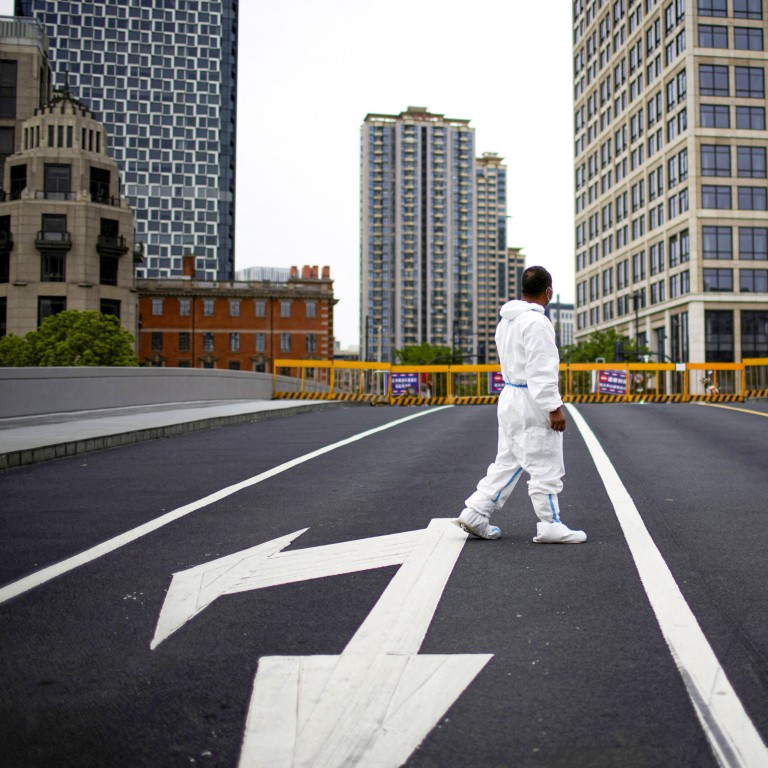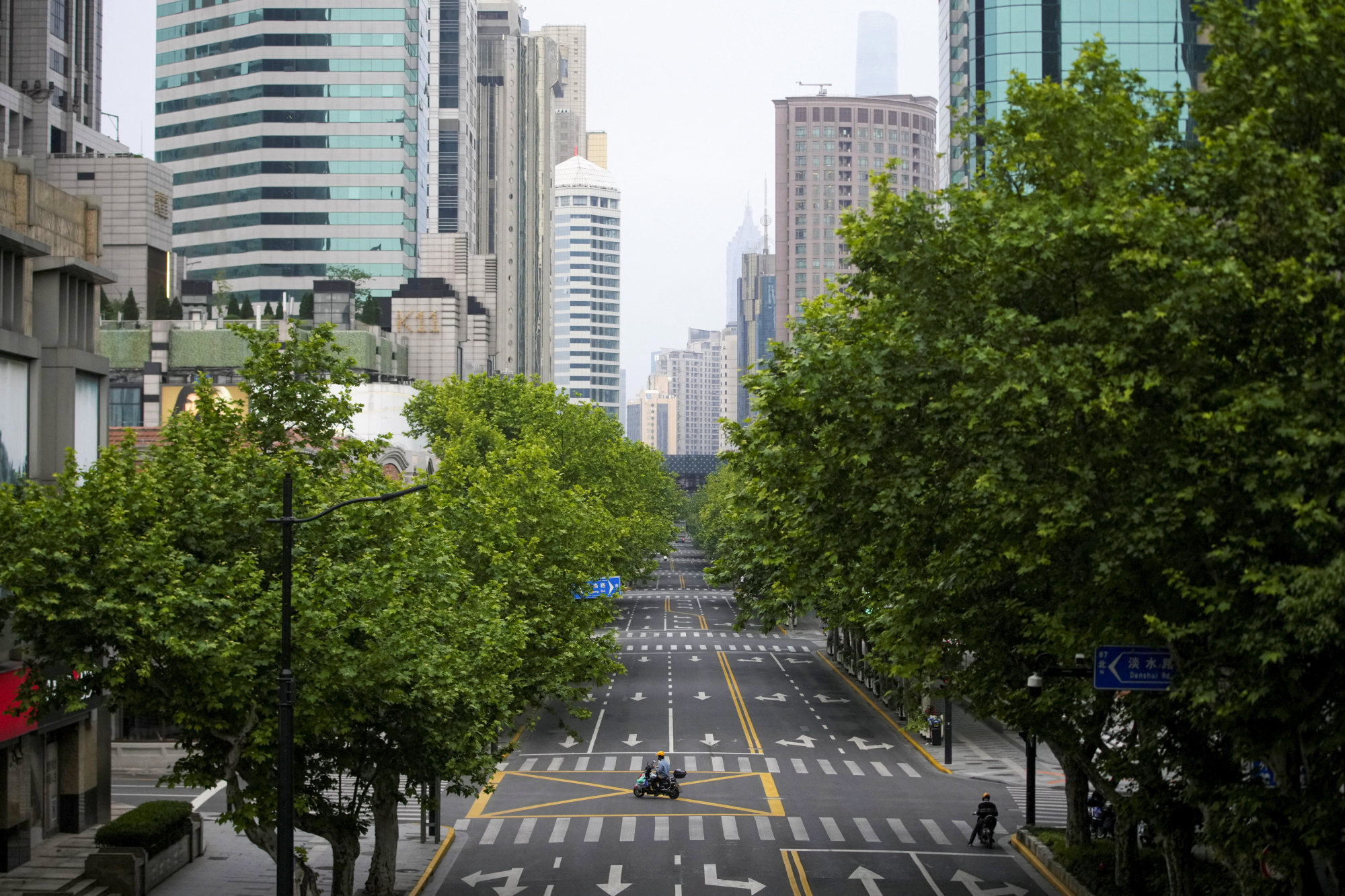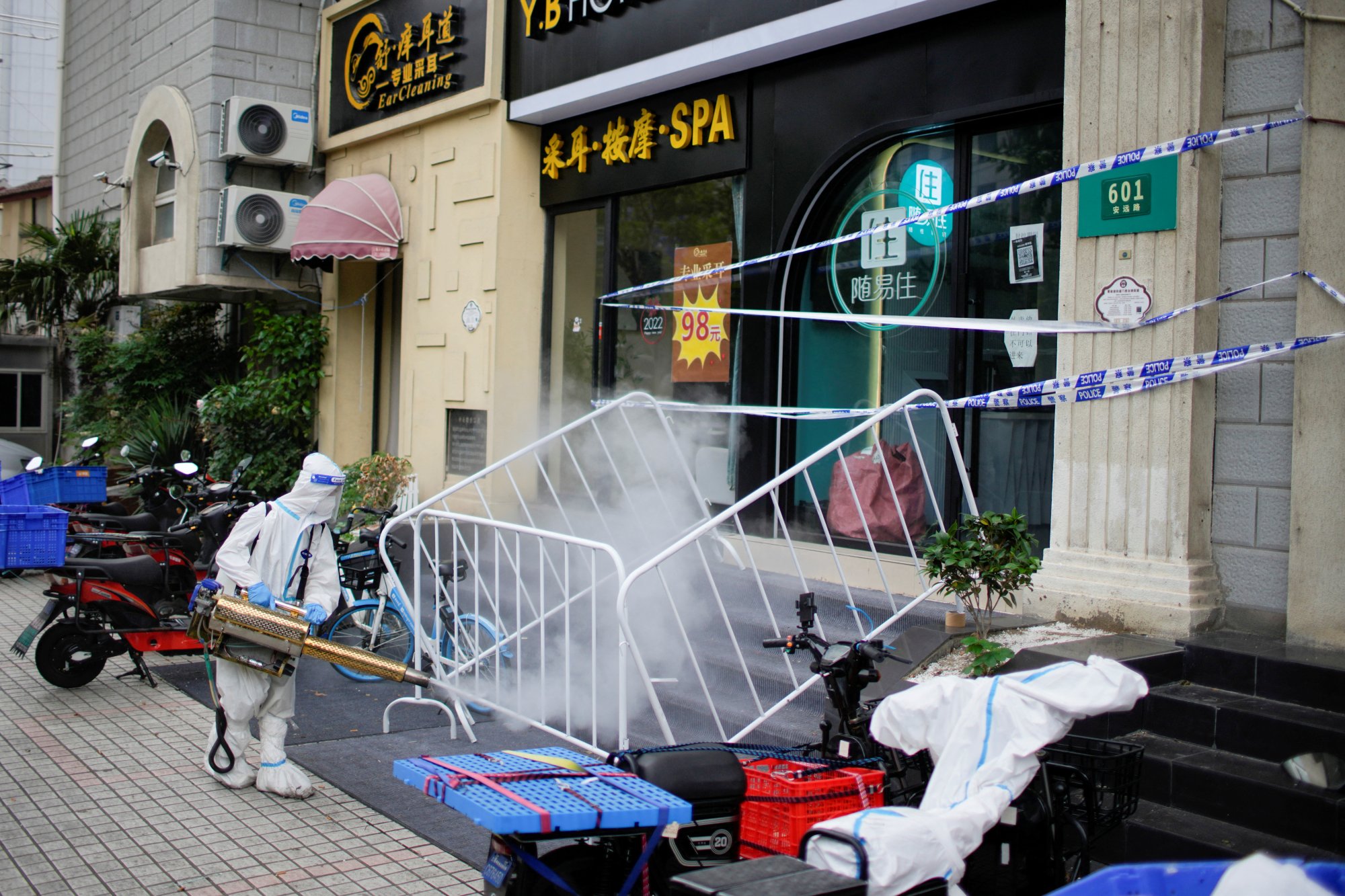
Lockdown economic impact: cash runneth over at Chinese banks as home sales and retail spending plummet amid Covid-19 lockdowns
- After loan growth weakened in April to the worst level in almost five years, several indicators suggest the data for May won’t be much better
- Housing sales have continued to slump, indicating a lack of appetite for mortgages and subdued credit demand among real estate firms
Chinese authorities are facing an uphill battle convincing companies and households to boost borrowing as long as Covid-19 outbreaks and lockdowns continue to crush confidence.
“The sluggish credit demand points to worsening expectations among market entities and slowing business expansion,” said Xing Zhaopeng, senior China strategist at Australia & New Zealand Banking Group. That suggests China’s economic rebound might be weak even in the third quarter, as many investment activities can only start after loans are secured.
The upshot is that the financial system is awash with cash, and any monetary easing from the central bank – such as interest rate cuts and liquidity injections – is likely to prove less effective in spurring growth in the economy.
Credit demand in China is likely to have remained weak in May, even as Covid-19 outbreaks began to wane and cities started to reopen.
Falling rates on a type of short-term interbank loan is one sign that banks aren’t lending much to companies.

The interest rate on transferring bankers’ acceptances maturing in one month fell to 0.01 per cent early last week. That’s the fourth time since December that the rate approached zero toward the end of the month, according to data from the Shanghai Commercial Paper Exchange.
Purchases of the bills are counted as loans to companies. A rate near-zero means buying banks are asking for almost no discounts on those purchases, as they try to meet regulators’ requirements to lend more even as firms won’t borrow.
“The near-zero interest rate shows the imbalance between credit supply and demand remains outstanding,” said Wang Yifeng, chief banking analyst at Everbright Securities.

Companies aren’t interested in selling debt, either. The amount of onshore corporate bonds issued is set to fall behind the value of maturity for the first time in seven months in May, by 102 billion yuan (US$15.3 billion), according to Bloomberg-compiled data. That means more debt was repaid than borrowed.
The contraction came even as costs fell. Earlier this month, the spread on three-year, AA rated onshore corporate bonds to government bonds hit the narrowest since 2007, Bloomberg-compiled figures show.
Authorities have taken more concerted steps to spur borrowing in the property market. The PBOC cut mortgage rates by a record this month and banks reduced their five-year lending rate, resulting in a reduction in home loan rates of as much as 35 basis points. Authorities have also said they would support reasonable housing needs, and more cities are easing curbs on home purchases by lowering mortgage rates, allowing people from other cities to buy homes or taking other approaches.

“A slump in real estate’s share of China’s new bank lending to 9 per cent in the first quarter, compared with 2016’s peak of 45 per cent, might drag out into the second quarter despite regulators’ repeated pledges to support financing for the sector,” said Kristy Hung, Bloomberg’s banking and real estate analyst. “The sector’s 53 trillion yuan of outstanding bank loans could contract after rising 2 per cent in the first quarter, the slowest growth in a decade.”
Yet consumers are cautious about adding leverage. Sales of residential properties in 50 key cities tracked by China Real Estate Information Corp. (CRIC) totalled 131.5 billion yuan in the first two weeks of May, down 64 per cent from a year ago. The slump indicates mortgage figures likely remained weak in May after falling in April, dragging down medium- and long-term household loans.
“Housing demand is hard to boost immediately,” CRIC analysts including Yang Kewei wrote in a May report.

“Buyers are unsure whether developers can deliver the projects on schedule, whether home prices will drop, and if they’ll be able to continue repaying mortgages,” the analysts wrote. “The resurgence of the outbreak has dampened residents’ expectations of stable income.”
The banking system is brimming with cash. The overnight repurchase rate – a main gauge of interbank borrowing costs – has stayed under 2 per cent for more than two months, the longest stretch in two years.
The central bank and banking regulator last week ratcheted up their calls for lenders to boost loans, telling big financial institutions to “shoulder their responsibilities, make use of all resources to effectively connect with credit demand and strengthen policy transmission.”
Wang of Everbright Securities said that may have pushed those institutions – particularly big state-owned banks and policy lenders – to accelerate lending in the final week of May.
“Let’s wait and see how the loan figures will play out for the whole month,” he said.

